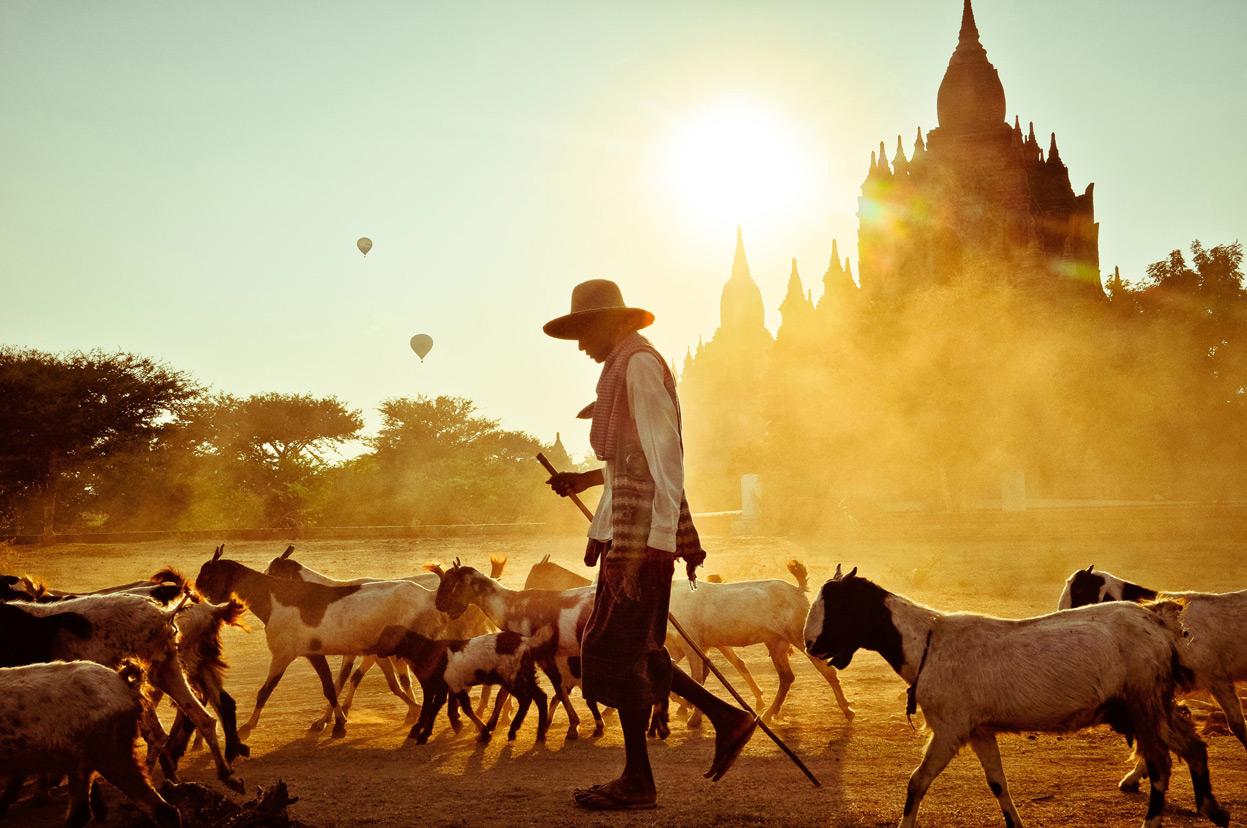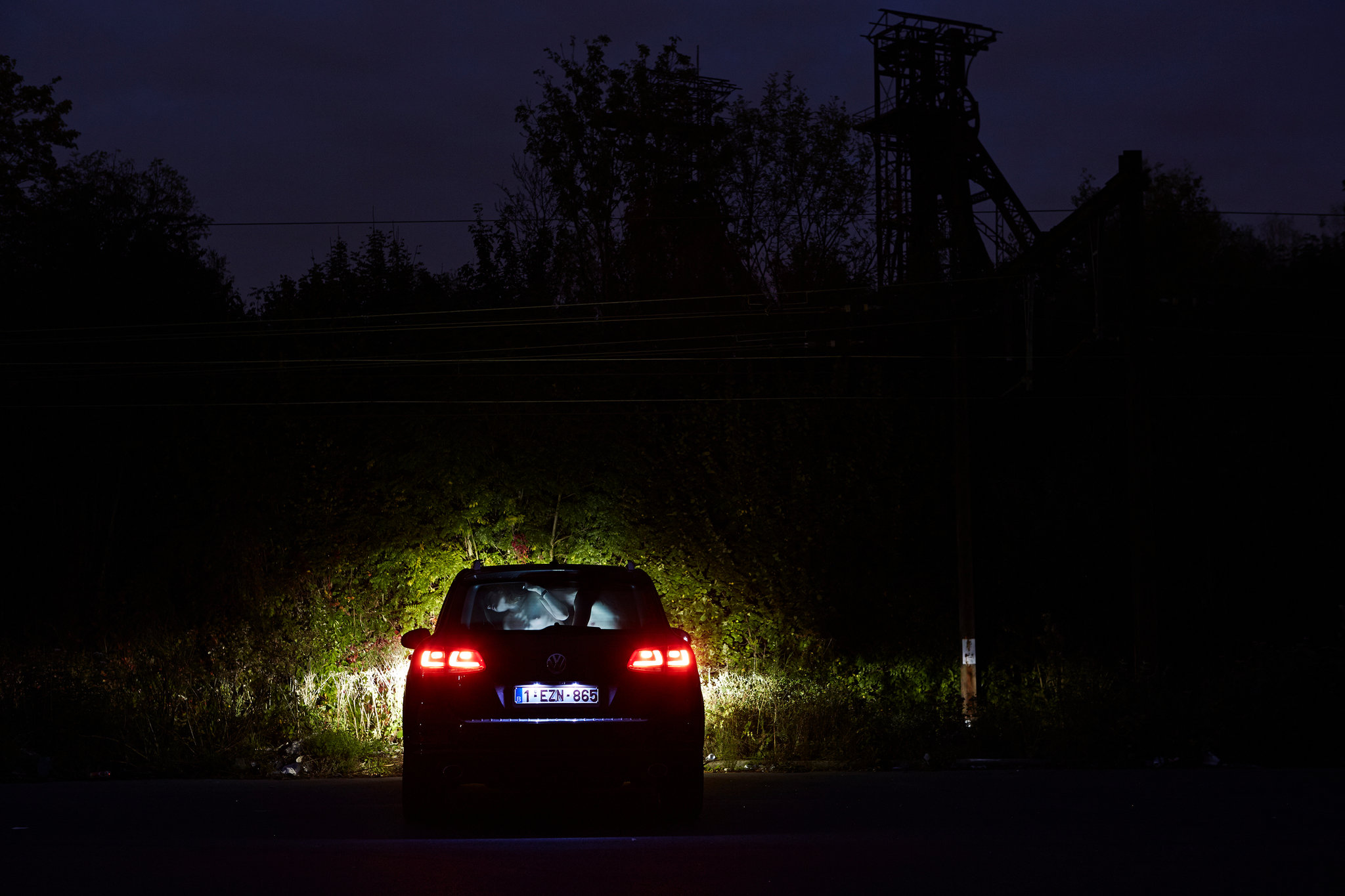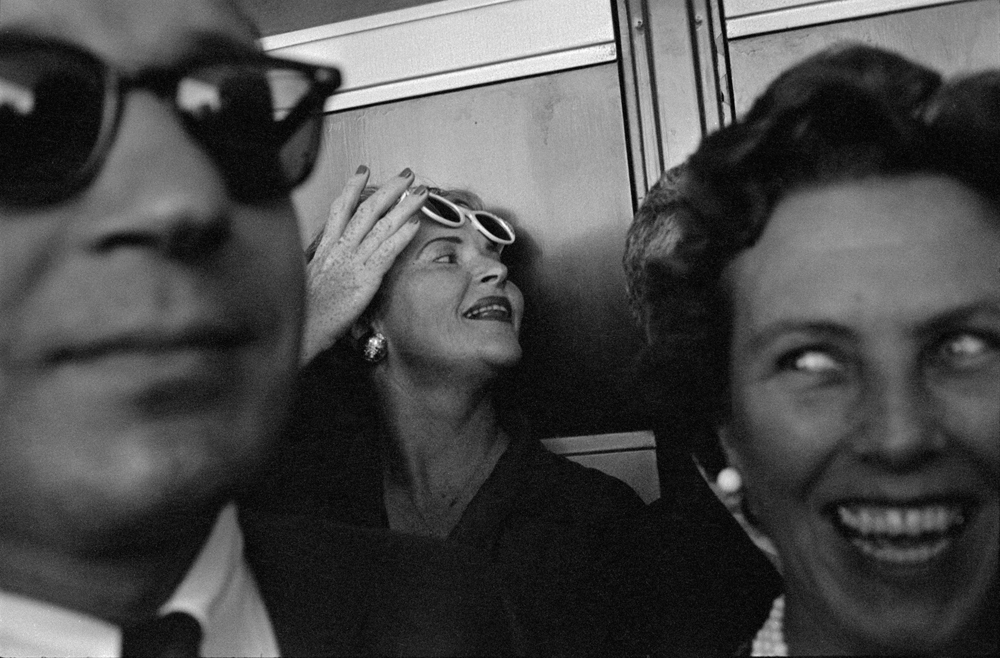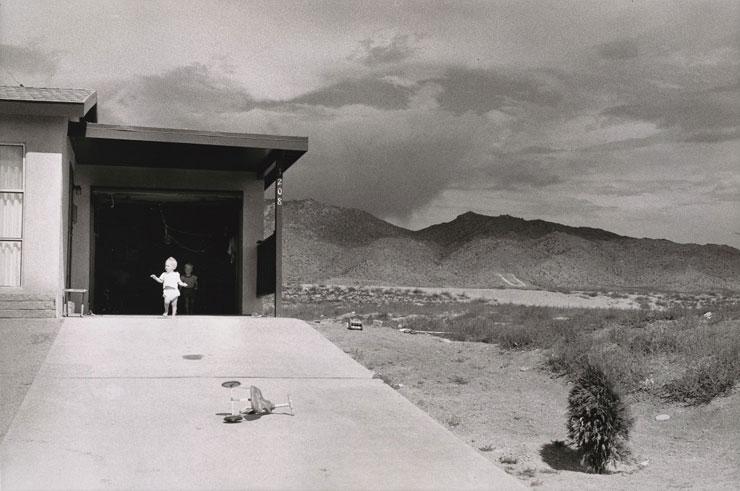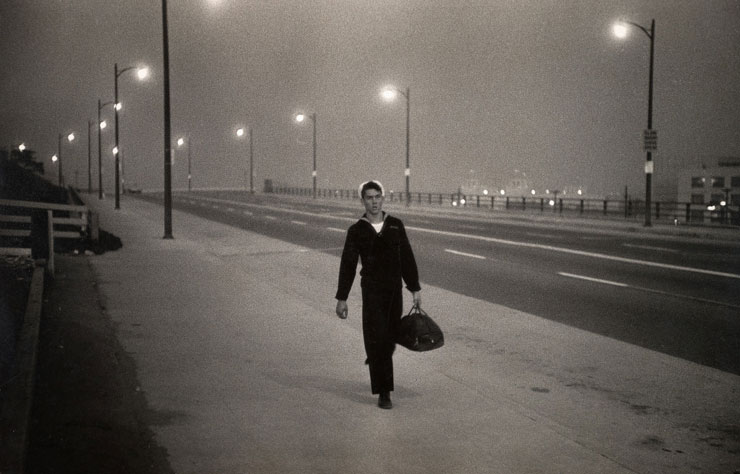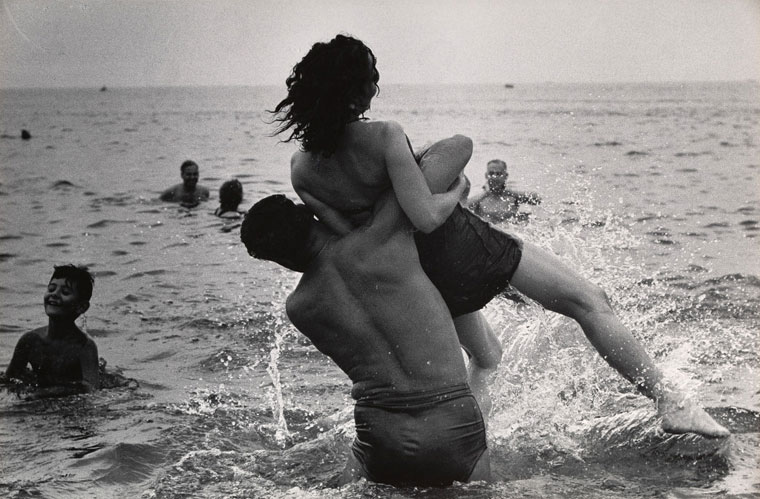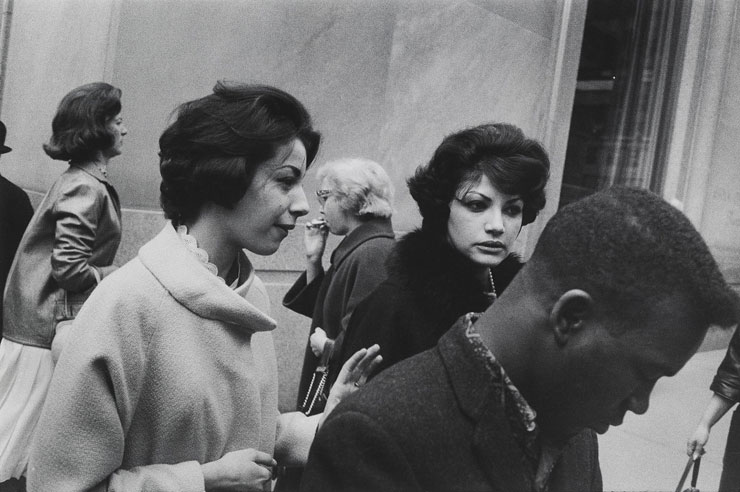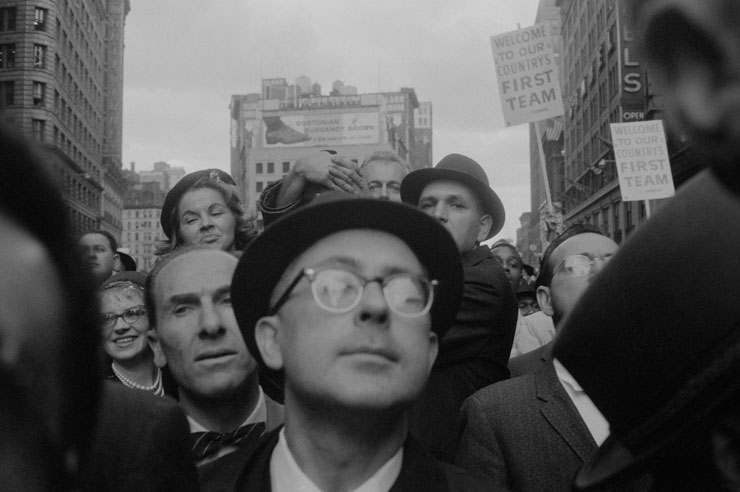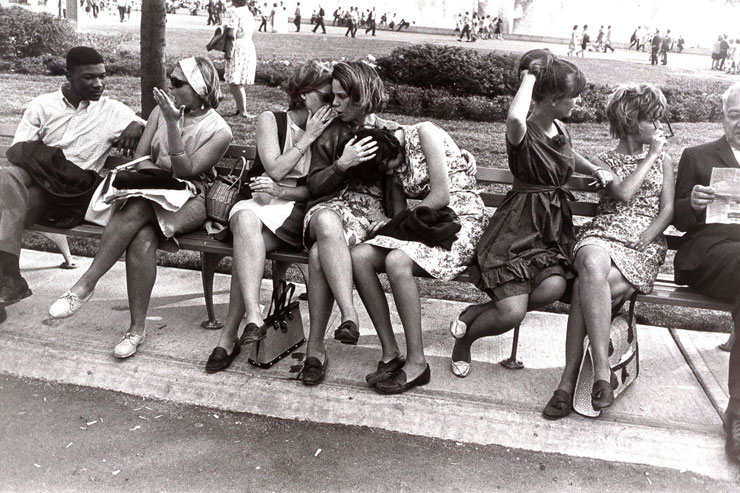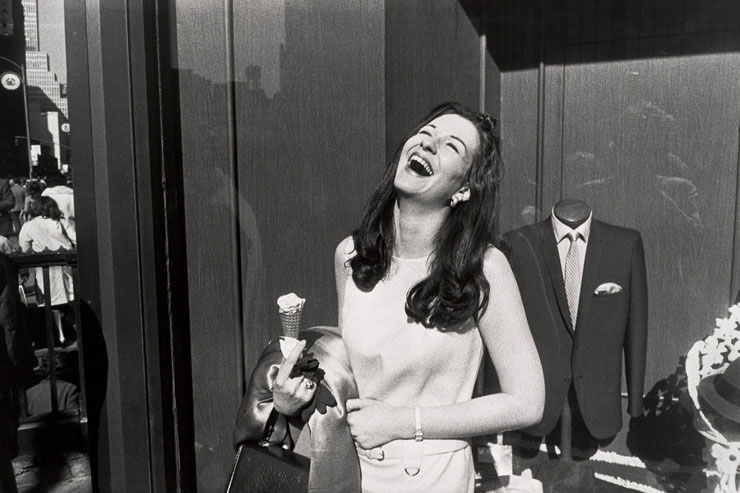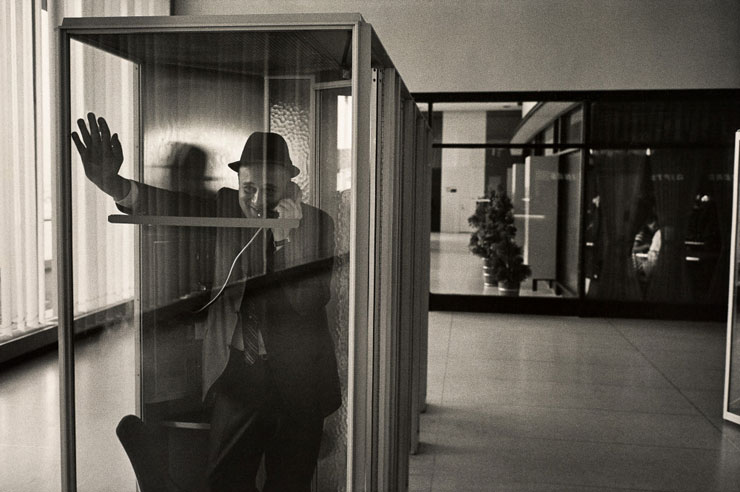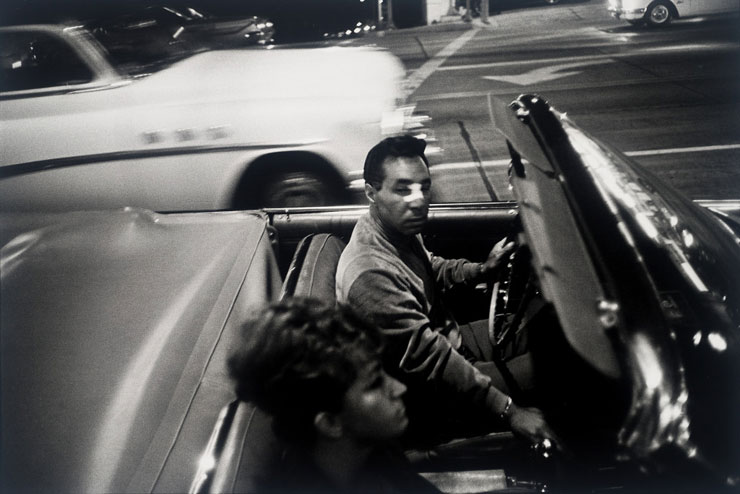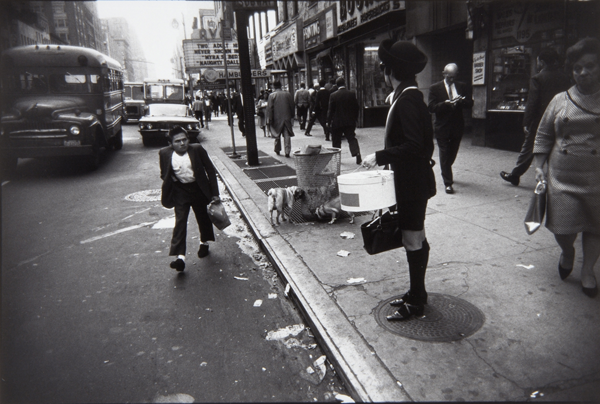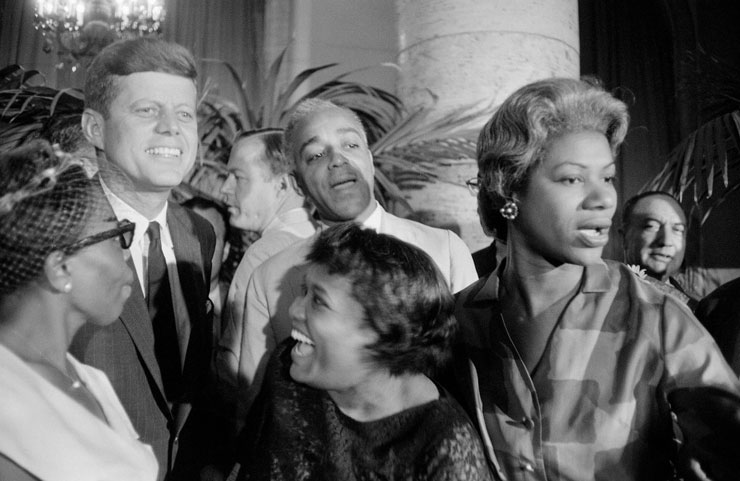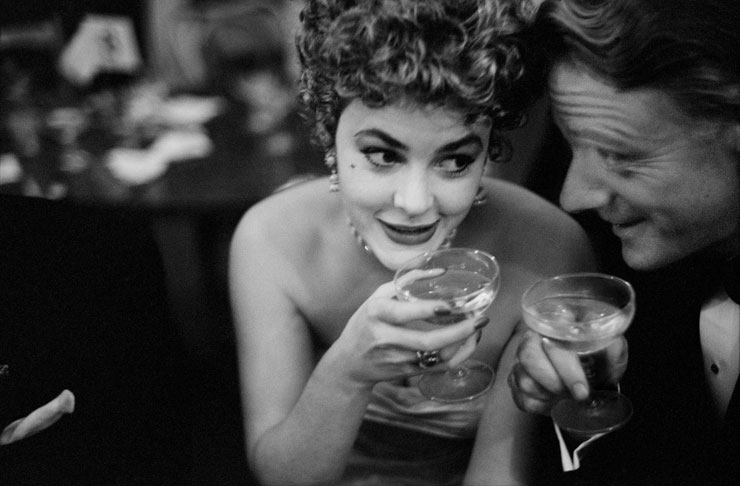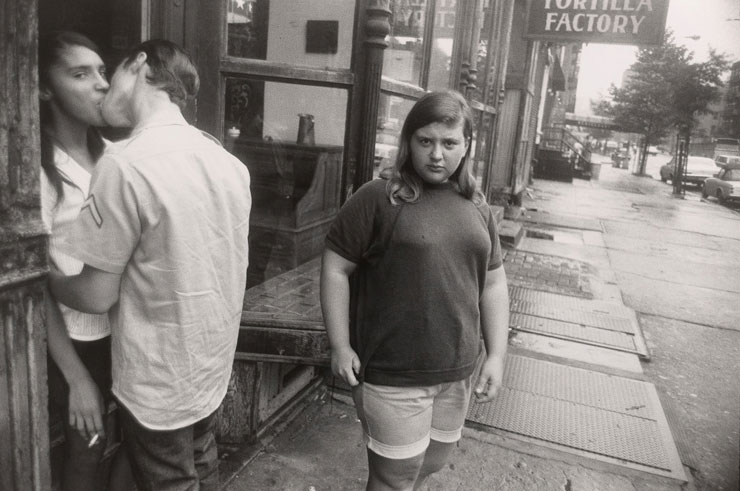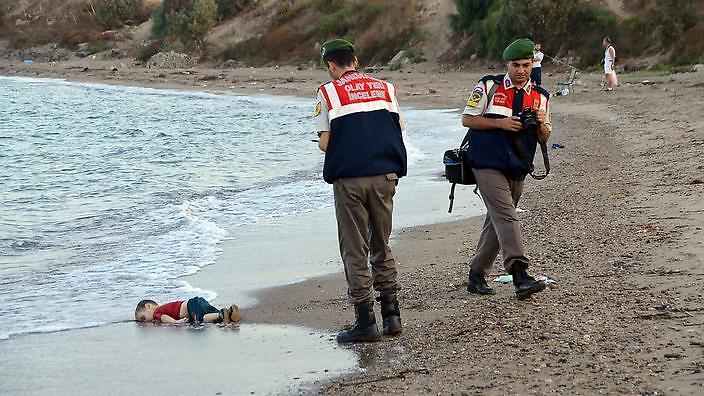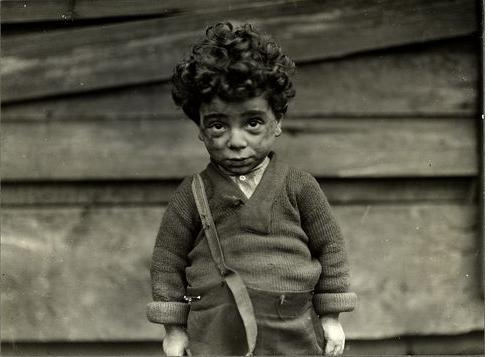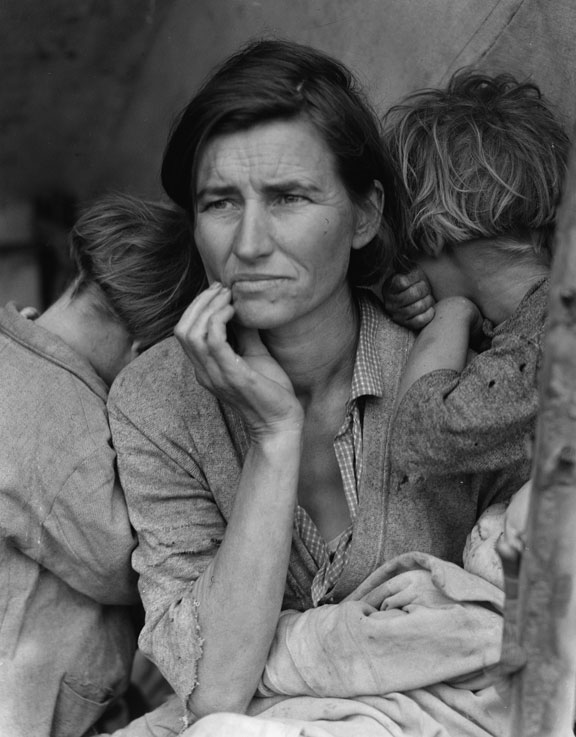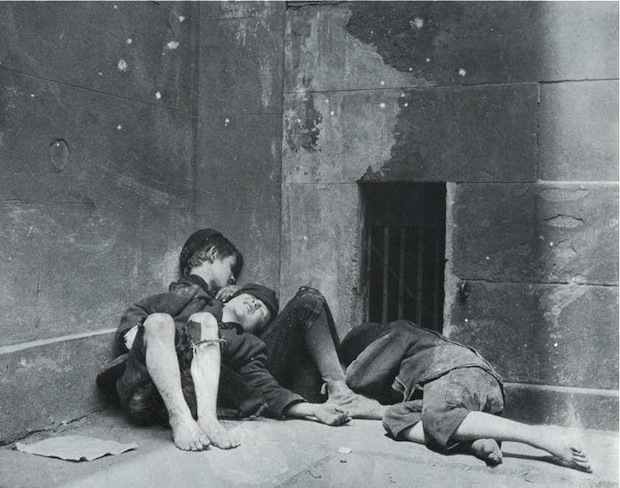Recently the world renowned World Photo Press Contest was placed at the center of great controversy after it awarded then subsequently disqualified the competition winner Giovanni Troilo, It had transpired that he had deliberately staged some of the photographs in his ten photo series, “The Dark Heart of Europe,” , including an especially controversial photograph whereby it was revealed he stage a photograph of his cousin having sex in a car, a photograph that the mayor of the town strongly condemned. This controversy has drawn photojournalism to the center of the art world an raised many questions concerning its ethics and reliability.

Question 1 – Who sets the boundaries of what defines photojournalism?
Photojournalism is an extremely diverse and open-ended topic. Such a diverse mixture of photography can be considered photojournalism, ranging from photographing everyday on goings of human life, to covering live wars, famine and death. As the New York Times Article discusses, the separation between art photography and photojournalism is near impossible to distinguish due to the many features that constantly overlap.
The National Press Photographers Association is an organisation considered to be one of the most prominent and respected organisations in the world related to the art of photojournalism. This organisation have a long-standing code of ethics which is seen to represent the large proportion of photojournalists throughout the world, stressing the need for photojournalists to be honest, reliable and fair in their interpretations, resisting any temptation to stage or manipulate images. These ethical boundaries, although largely accepted by the world of photojournalism often as the World Press Photograph competition highlight, are very hard to monitor and control. Photography is all about interpretation so I would argue that although these boundaries are seen as universal, it is still nevertheless impossible to actually set boundaries for what photojournalism really is. The conservative attitude concerning photojournalism is that the photographer must always be totally honest with his or her interpretations, never attempting in any way to manipulate images or stage the environment. Some contemporary photographers would instead argue however that photojournalism is all about telling a story, and therefore staging images is to some degree acceptable.

Question 2 – What technology makes it so easy to manipulate images, how much manipulation is acceptable?
The rise of digital technology in photography has changed the face of photo manipulation dramatically. Photoshop and Lightroom, both programmed by Adobe, are seen as the best and most widely used image manipulation systems throughout the photography world. Other photo manipulation techniques other than digital manipulation include flash guns, slow-shutter speeds to create motion blur and image rendering. The range of possibilities that modern photo editing features and techniques allow, can however be over-used to make the image extremely deceptive and over emphasized.
The question of how much image manipulation is acceptable depends entirely on the intention of the photographer. A photojournalist for example would be excepted refrain from any complicated manipulation techniques and keep their photographs as realistic as possible. On the other hand, some photographers such as the photographer previously mentioned, Giovanni Tripoli, often is considered as a photographers who treads a fine line between photojournalism and art photography, because although he attempts to document the world, he does however rely sometimes on stages images in order to make his initial point more emphasized and effective. I would argue that the most important consideration when photographers manipulate images is to be honest. As long as the viewer is not deceived than truth can be extracted. Personally, staging images is fine as long as it helps to portray a realistic viewpoint. Doing so as a lie I would considered wrong,
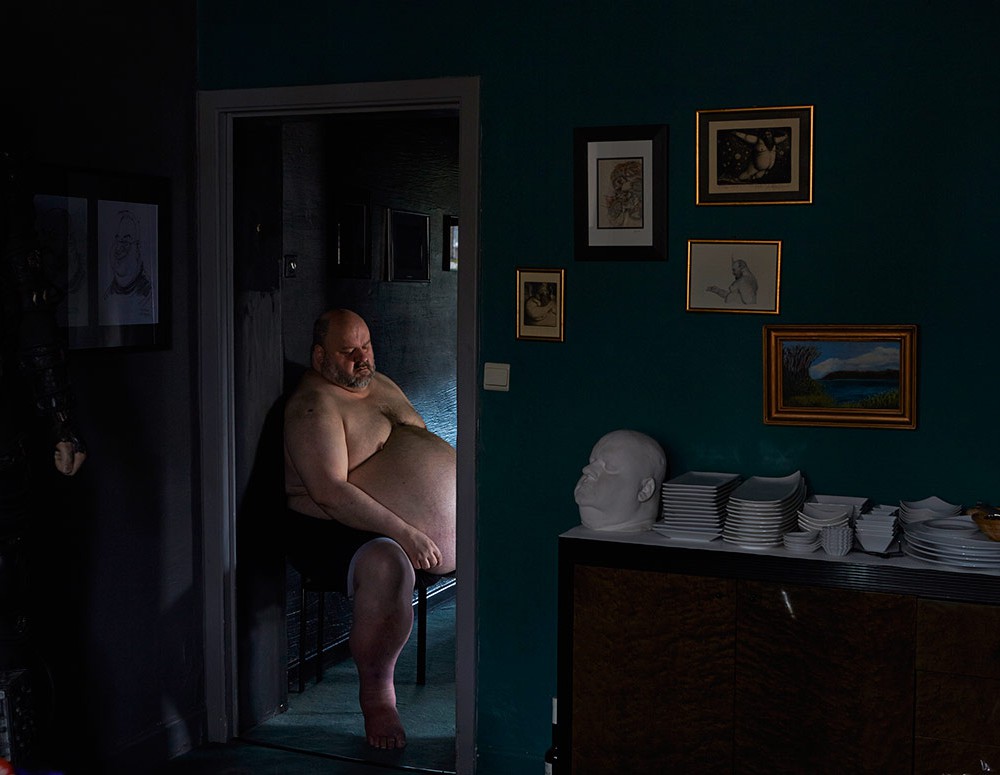
Question 3 – With viewers more sophisticated and skeptical than ever before, how can photojournalists preserve their integrity and maintain trust?
It all comes down to a matter of honesty. As long as the photographer is completely honest with the viewer about the context of the photograph, then it is up to the viewer themselves to accept or dismiss the information. Therefore, if a photographer was to manipulate or stage an image, then it is important that they are open about this.
It is critical that photojournalists try their best to report on the truth and take photographs that reflect real life. Sometimes if a photographer produces a powerful, dramatic image it is perhaps difficult to trust the photographs integrity, because it is very difficult to prove it is genuine. This sense of doubt does unfairly make people eager to totally trust photojournalists to tell the complete truth 100% of the time.
An example of this is a famous photograph by war photographer Robert Capa. Capa was photographing the Spanish Civil War and produced an image which he said was taken capturing of a young Spanish soldier Frederico Borrell Garcia, fighting for the Spanish Republicans, at the exact point of his death after he was fatally shot. Capa, despite being considered as an extremely credible and well respected photographer, faced considerable scrutiny for this image, and was accused many times of staging it. Capa always denied this, but the accusations never went away because he could never prove completely that the image was genuine

In addition, the political beliefs of the particular photographer or magazine/newspaper they are working for may sway the viewer to make further assumptions concerning bias.


